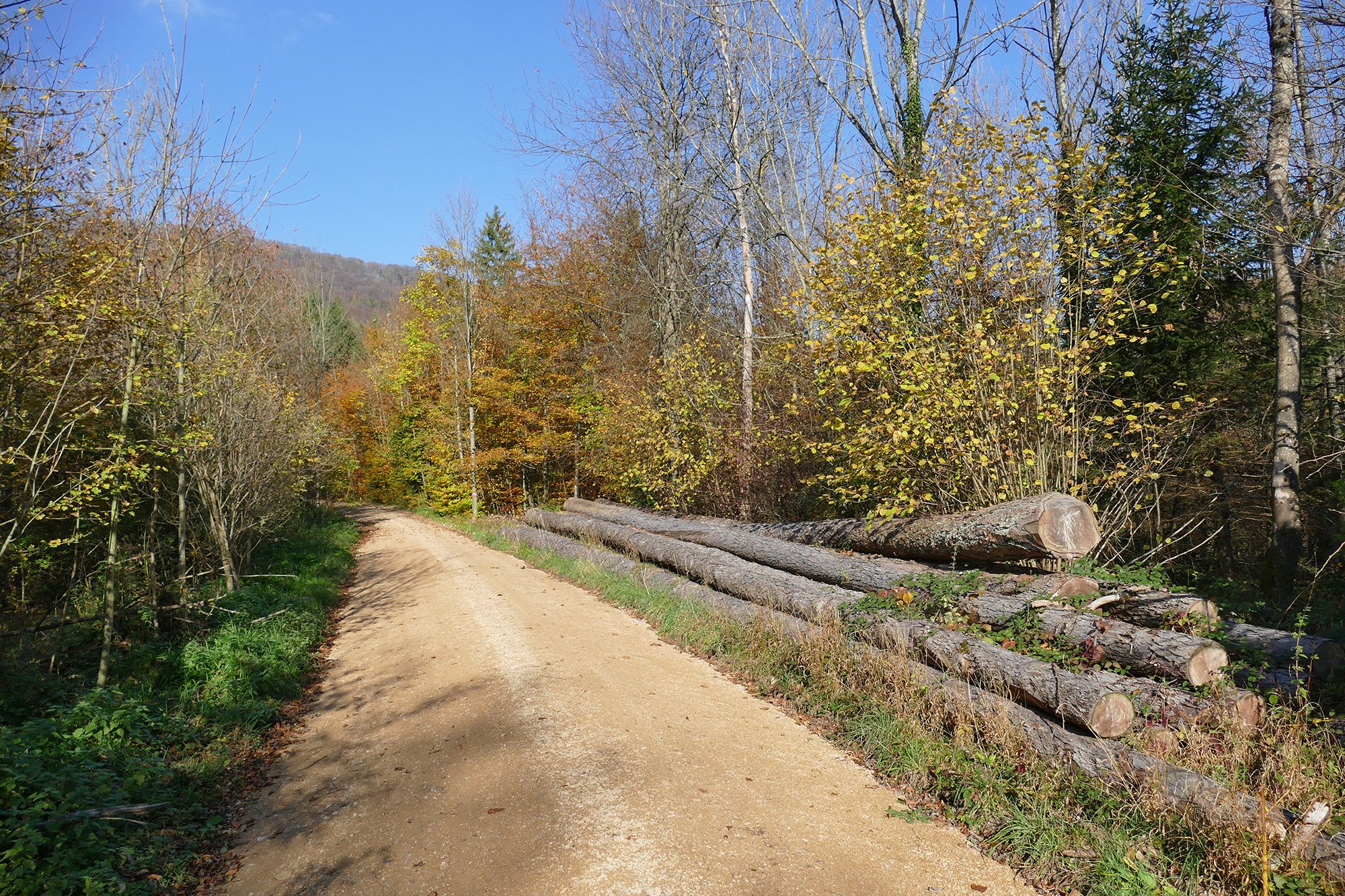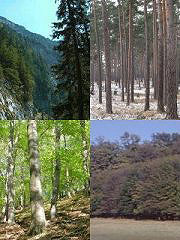
Fig. 1 Forests are not identical everywhere
Forest Growth Areas in Austria
Knowledge about sites and forest communities including their spatial distribution is a prerequisite for any ecologically oriented forest management. In Austria, only for a few selected experimental areas detailed forest site maps are available. However, the use of growth areas may help to make site classification easier.
The present forest growth classification is designed to replace the three classification schemes which exist at the moment in Austria. It is generally used being an integrated part of legal regulations concerning trade with forest reproductive material.
Growth areas and altitudinal levels
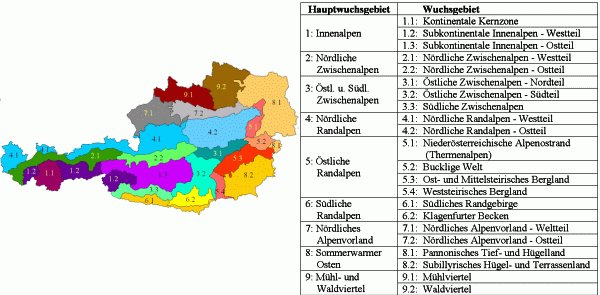
Fig.2: Location and designation of forest growth areas in Austria
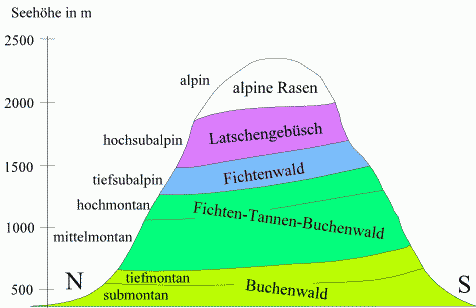
Fig. 3: Altitudinal levels of the Nördliche Randalpen
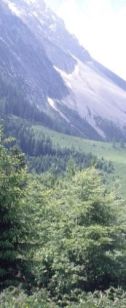
Fig. 3: Altitudinal levels of the Nördliche Randalpen
Growth areas are large areas (natural landscapes) characterized from a forest ecological point of view which have a uniform climatic character and uniform geomorphologic patterns (see Fig. 2). They are characterized by a succession of sites and a congruent forest community complex. The growth area may be identical with the distribution area of a (natural) forest community.
Most of the growth areas comprise several altitudinal levels. These are climate and vegetation belts following each other in vertical direction and overlapping (superposing) the regional particularity of the growth areas. The individual altitudinal levels are defined primarily according to climatic-plant sociological viewpoints and not according to determined sea level values. Fig. 3 is a schematic representation of the altitudinal levels for the main growth area of the Nördliche Randalpen.
Within the individual growth areas the most important natural forest communities can be mentioned for the corresponding altitudinal levels and sites. This is of special importance with regard to tree species selection.
This classification allows the transfer of reproductive material within the same natural forest community. Also when proveniences from a surrounding growth area are transferred, the comparison of natural forest communities and altitudinal levels of provenience and application location makes it easier to assess the suitability of plant material.
